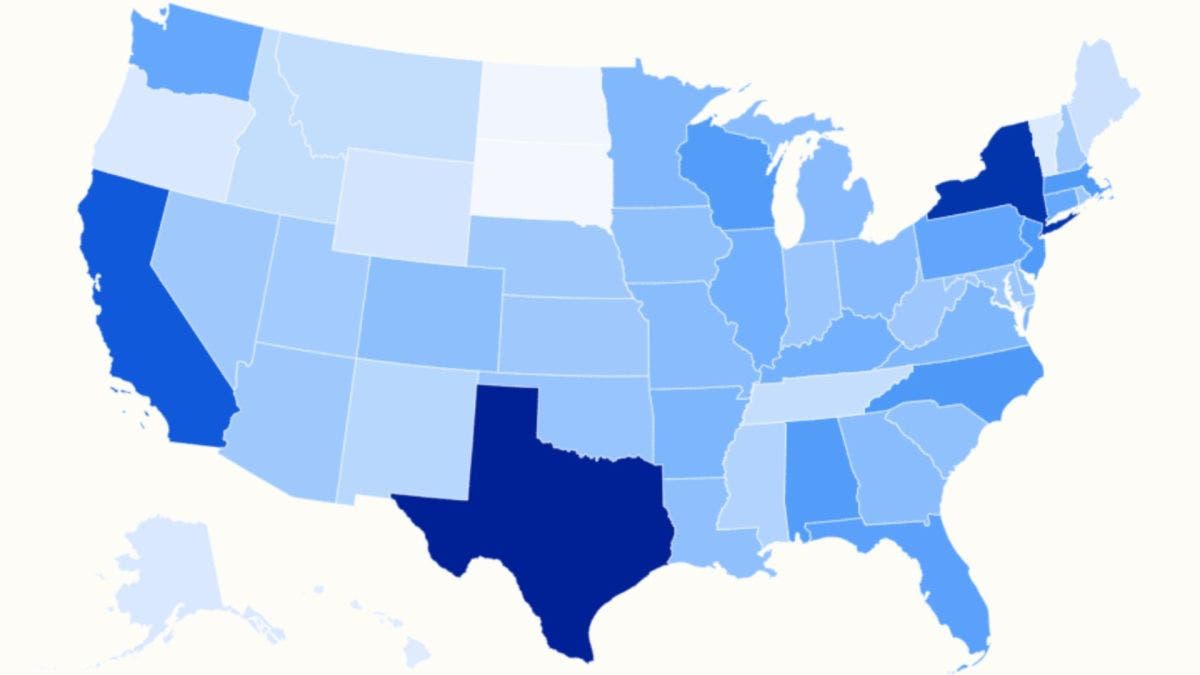Home / Environment / Millions Exposed to Unsafe Drinking Water Across the U.S.
Millions Exposed to Unsafe Drinking Water Across the U.S.
13 Oct
Summary
- Drinking water in Texas, New York, and California contain over 150 contaminants
- Carcinogenic chemicals like arsenic and trihalomethanes exceed legal limits
- EPA faces criticism for relaxing drinking water regulations

As of October 13th, 2025, a concerning report has emerged about the quality of drinking water in the United States. According to the Environmental Working Group's Tap Water Database, several states have alarmingly high numbers of contaminants in their drinking water systems, with some exceeding even the Environmental Protection Agency's legal limits.
Texas, New York, and California lead the pack, with 207, 197, and 175 contaminants respectively found in their drinking water. This is particularly troubling as some of these contaminants, such as total trihalomethanes (TTHMs) and arsenic, are known human carcinogens. In Texas alone, nearly 100,000 residents are consuming water with TTHM levels higher than deemed safe, while over 65,000 are exposed to unsafe arsenic levels.
The situation is not much better in New York, where 11 contaminants exceeded legal limits, including haloacetic acids (HAA5) and trichloroethylene, which can cause birth defects and damage the immune system. In contrast, North Dakota and South Dakota reported the lowest number of contaminants, with 46 and 44 respectively, though some still exceeded health guidelines.
Advertisement
Experts attribute the higher contaminant levels in more populous states to factors like greater industrial activity, agriculture, and household waste. However, they emphasize that the actual concentrations and potential health effects of these contaminants are more critical than the sheer number.
Amidst these concerning findings, the EPA has been criticized for adjusting its regulatory measures, sparking concerns among environmental associations and experts. As the agency continues to grapple with this issue, the need for stricter enforcement and protection of the nation's drinking water supply remains paramount.




